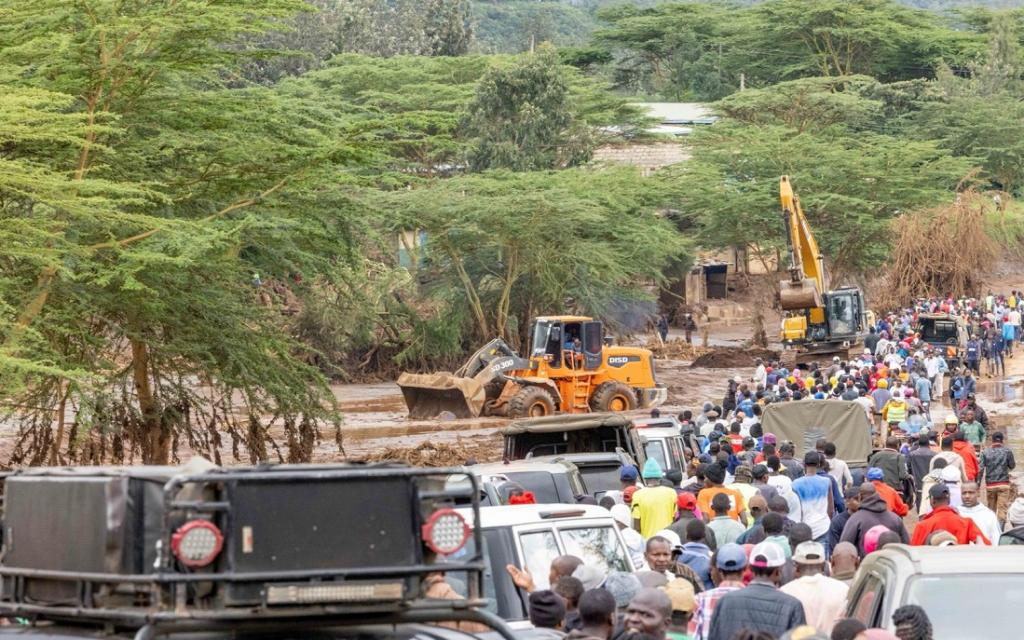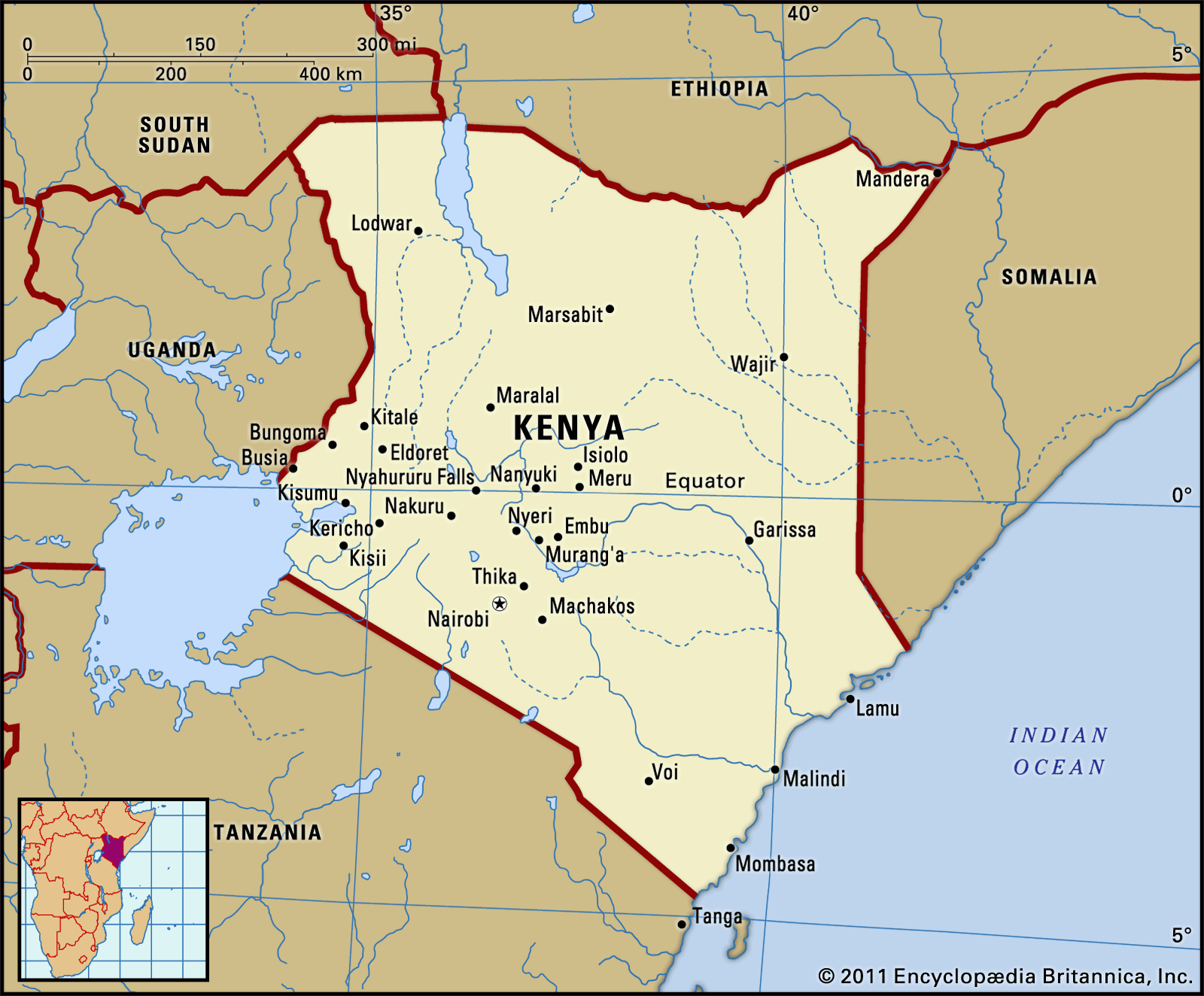Free Courses Sale ends Soon, Get It Now


Free Courses Sale ends Soon, Get It Now



Copyright infringement not intended
Picture Courtesy: https://www.downtoearth.org.in/news/world/kenya-why-did-the-nakuru-dam-burst-channel-blocked-by-rain-swept-debris-the-reason-says-government-95911
Context: The Nakuru dam in Kenya cracked due to a blockage in the tunnel that carries water to the Tongi River caused by rain-swept debris.
Key Highlights
|
The dam failure occurred following heavy rains, which caused a river tunnel under a railway embankment to become blocked with debris. This blockage led to a buildup of water behind the dam, ultimately resulting in its collapse and the ensuing flood downstream. |
About Kenya

Must Read Articles:
Source:
|
PRACTICE QUESTION Q. The Nakuru dam recently cracked due to a blockage in the tunnel that transports water to the Tongi River. In which country is the Nakuru Dam located? A) Kenya B) South Africa C) Ethiopia D) Nigeria Answer: A |
© 2024 iasgyan. All right reserved